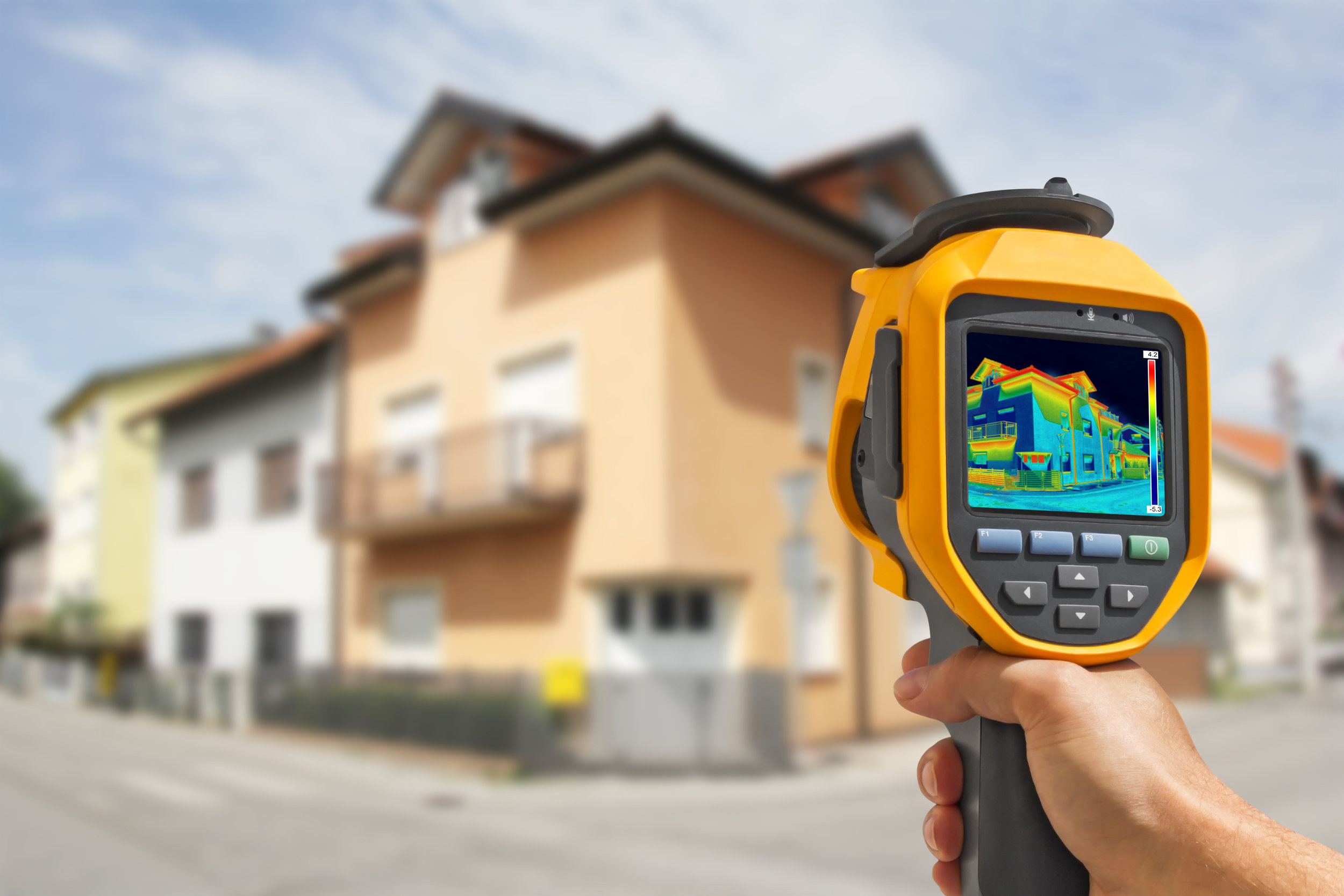Sound and vibration testing is quality control that measures the sound level within an enclosure or on machinery. These tests are conducted with specialized equipment to ensure products meet manufacturer specifications before shipping them out, which helps manufacturers avoid costly returns for defects.
When a company releases its newest invention, they need to test out their production process before making actual sales to ensure everything works as intended without any flaws or problems after being manufactured each time by staff members at an assembly plant among many other steps along the way until finally ending up in stores near consumers across multiple countries.
It is done to ensure that an electrical device or electronic circuit operates within its specified limits. With sound, vibrations are measured using a microphone at the input of the device under test (DUT) while it produces noise through its speaker output. Vibration can be tested by placing specific sensors on components inside equipment such as rotating machinery for industrial settings, turbines in airplane engines, etc., where there may not always be access to audio-output devices like speaker smart.
Why is Sound and Vibration Testing important?
When we hear something, the sound waves cause vibrations in our eardrums, and these signals are carried to our brains. If you think about it this way – every object has a frequency at which it vibrates when struck by particles of energy such as air or water, so if we can measure the response of an object to those types of stimuli, then perhaps through reverse engineering; knowing what kind of stimulus causes that specific reaction will allow us to reproduce those results again on-demand with any material/object presented before us. We do this all day long without even thinking twice! The sound and vibration testing equipment is used to detect the vibrations caused by various industrial machines. These can be heard in high-rises, shopping malls, airports, etc., due to the constant movement of fans or generators inside them. When a company manufactures equipment, such as an airplane engine or circuit breaker box, they want to ensure that the product is safe and reliable when it gets into their customers' hands.
Sound and vibration testing is a process where engineers monitor the sound levels of equipment to ensure they meet regulatory requirements. The most common example in industrial settings would be when an engineer tests noise emissions from trucks or other vehicles that travel on public roads and highways. However, there are many more examples beyond this one. This can include airports, whether passengers jets taking off for their next voyage across seas, or air traffic controllers monitoring flights coming into land at night.
What is the advantage of Sound and Vibration Testing?
Testing techniques are used to verify the integrity of electronic equipment. One type is sound and vibration testing, which evaluates how well a device can withstand loud or high-frequency noise environments. This gives engineers insight into whether their design will likely fail in real-life situations where it may be exposed to excess levels of physical vibrations caused by movement on public transportation systems like buses, planes, trains, etc., through machinery producing extreme amounts of heat/cold/noise over time while operating at maximum capacity. Sound and vibration testing is a method of using sound waves to detect material defects. It has many useful applications, including detecting cracks in metal castings or welds on bridges, among others. Contact us now.





